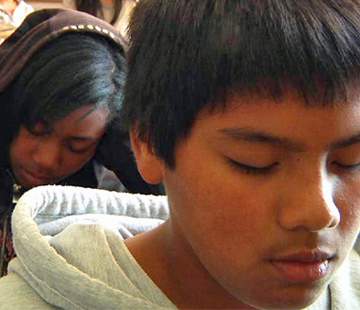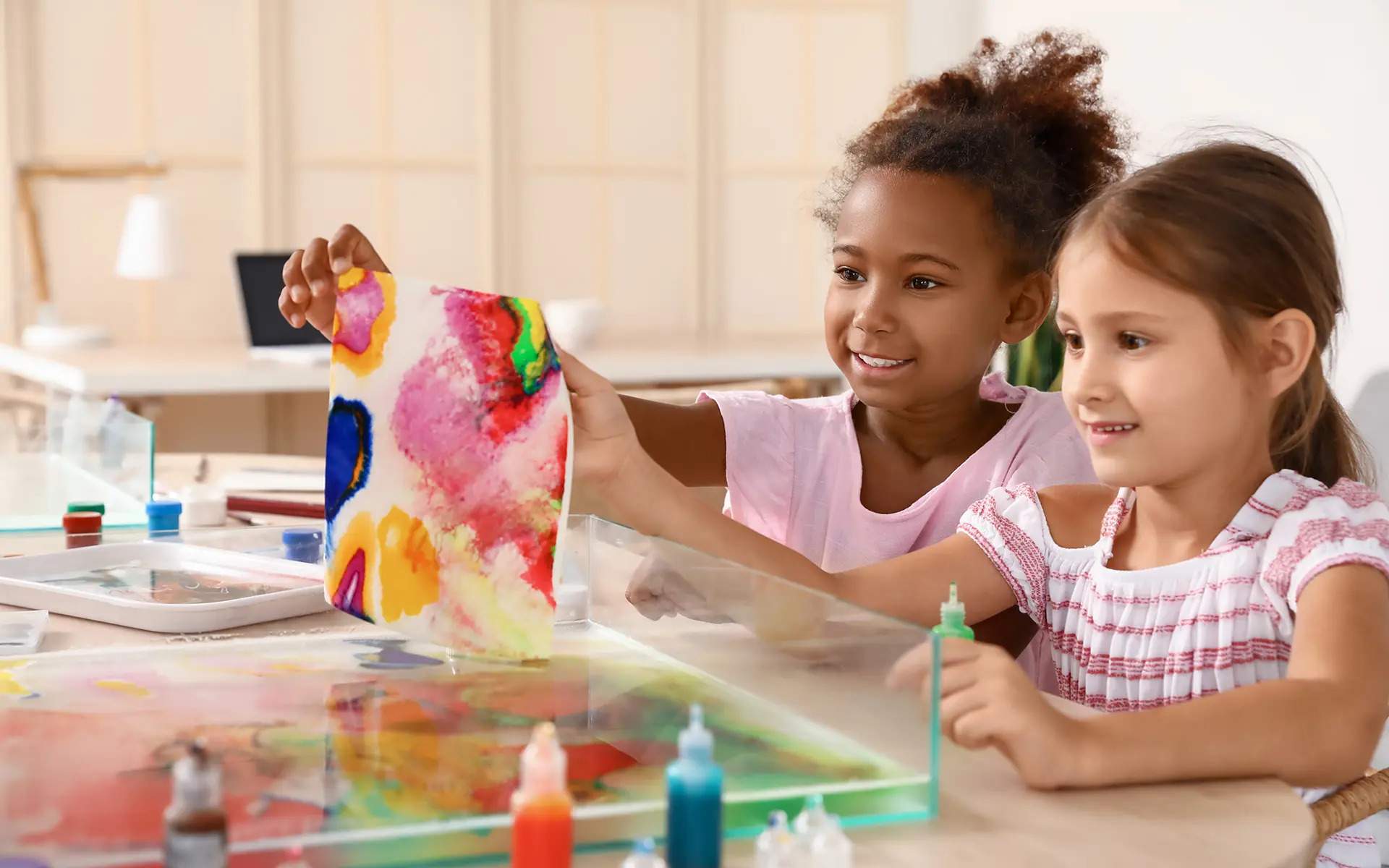A “bellringer” is a short activity that some teachers put on the board in the beginning of a class so students have something to do while attendance is being taken. Recently, one teacher among a quietly growing group tried something radically different to start his class: a mindfulness practice. What did he notice? Student participation is up and class disruption is down. He also noticed that the quality of their writing was far better and students wanted to continue the practice.
This is completely in line with a growing number of anecdotes talking about the power of bringing mindfulness to kids, tweens, teens and older adolescents.
One of my favorite clips is from ABC when they interviewed some kids in the early programs of Mindful Schools who said that when he is stressed about an upcoming test, he remembers that he can take a breath and then the thought comes up, “I can make it.” (Unfortunately this clip is now labeled “private” for some reason on YouTube so it’s not accessible). I know Susan Kaiser Greenland, author of The Mindful Child, has a number of wonderful anecdotes like this. Amy Saltzman, MD just came out with her new book A Still Quiet Place with a number of examples of the benefit of mindfulness with kids.
My wife, Stefanie Goldstein, PhD and I co-developed the 8-week CALM program (Connecting Adolescents to Learning Mindfulness) and during those weeks we also host a daylong retreat where we deepen the experience of mindfulness and the teens can’t use their phones. So many amazing insights come from this including greater awareness of automatic perceptions, a greater feeling of confidence around emotion regulation and the experience that silence at times and being in nature can be enjoyable and rejuvenating.
The term “Digital Native” created by Gary Small, MD is for the younger generation who has grown up in this digital world. They swim in the waters of over stimulation and digital connection at their finger tips. More than ever, they need that mindful minute to give them the experience that they have the power within them to be still and get quiet.
What would it be like if more teachers (and parents) rose up and began giving the experience of that minute to their students? For the students are ready for it it would become an opportunity for insight, growth and possibility, for those who are not, it would be a seed planted for the future.
But if there is one thing I’ve learned in my time as a therapist and mindfulness educator is that change with our kids does not start with them, it starts with the family. It’s critical for parents to begin practicing presence. Then they can begin teaching and reinforcing it to their kids.
This is one of the reasons why my wife and I are launching the first Mindfulness retreat for the entire family. Where the family can learn practices and be together engaging in silence at times and mindful activities at other times.
Bringing a mindful moment to our kids in schools is critical to this time, but it starts with us and it starts right now.
Adapted from Mindfulness & Pyschotherapy








